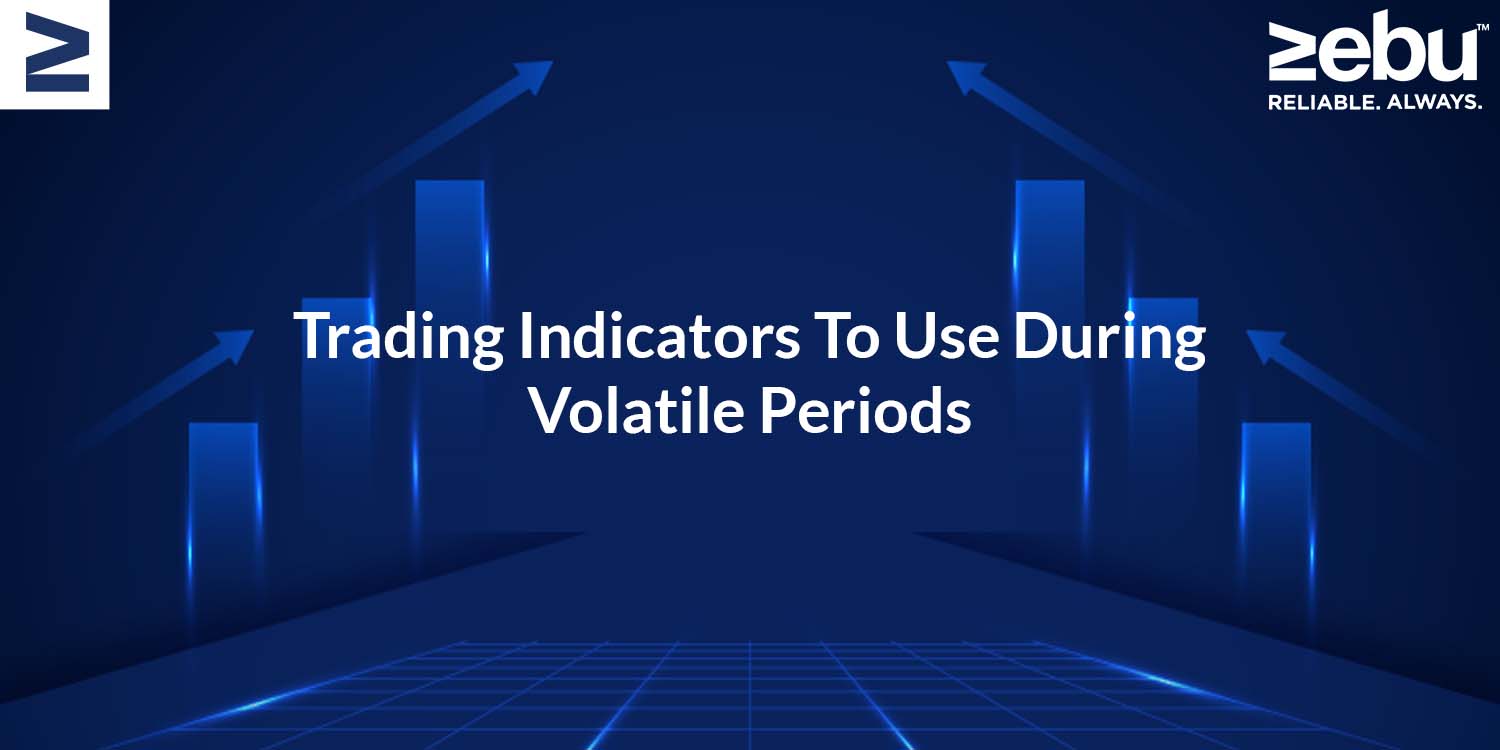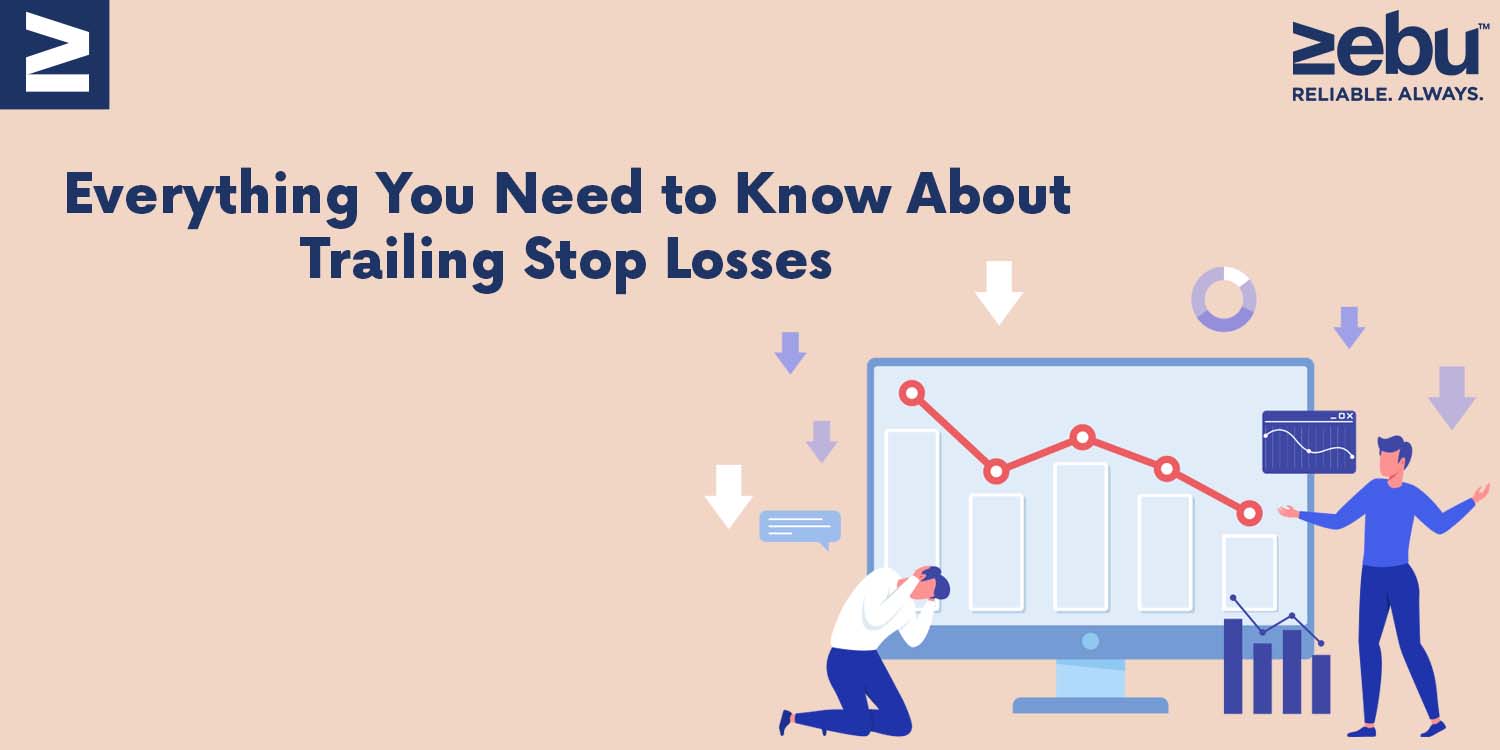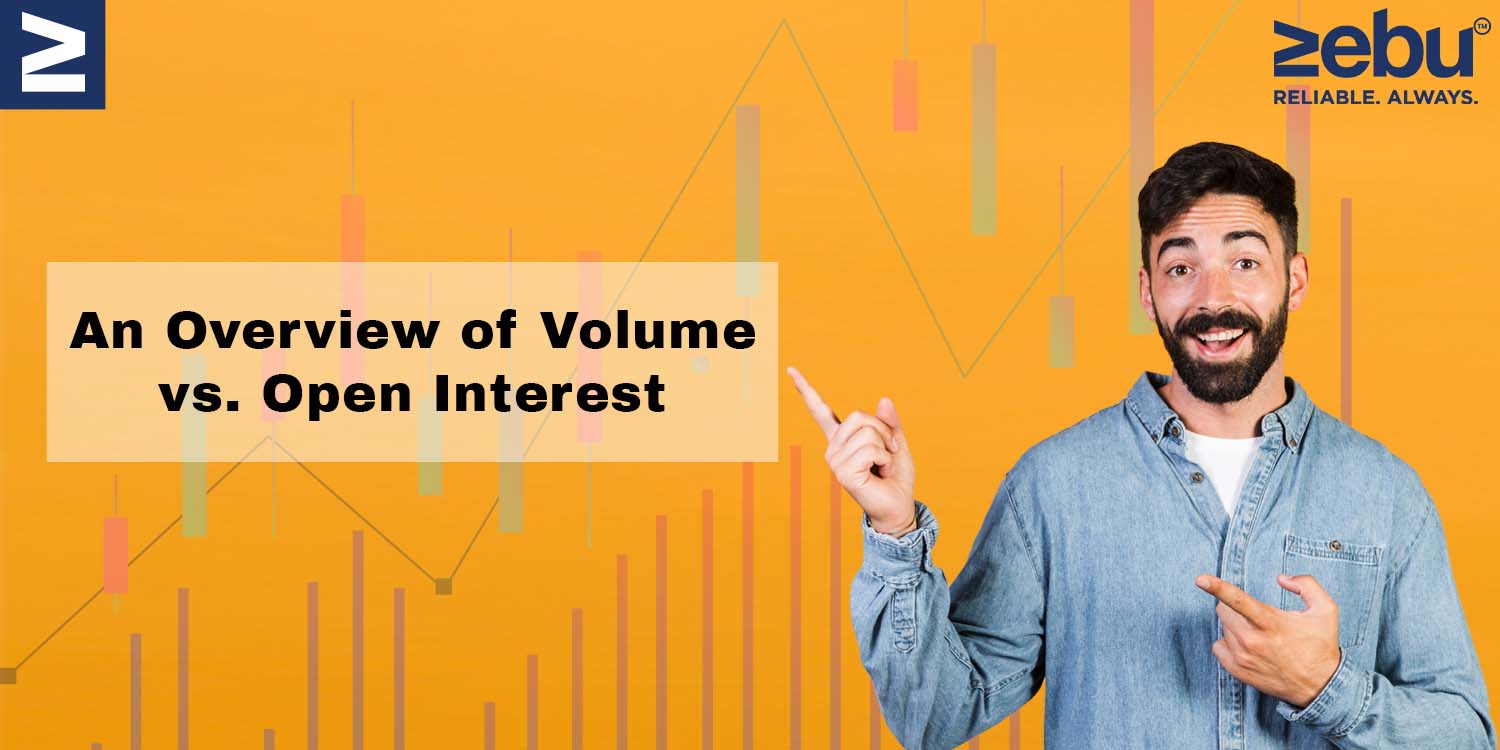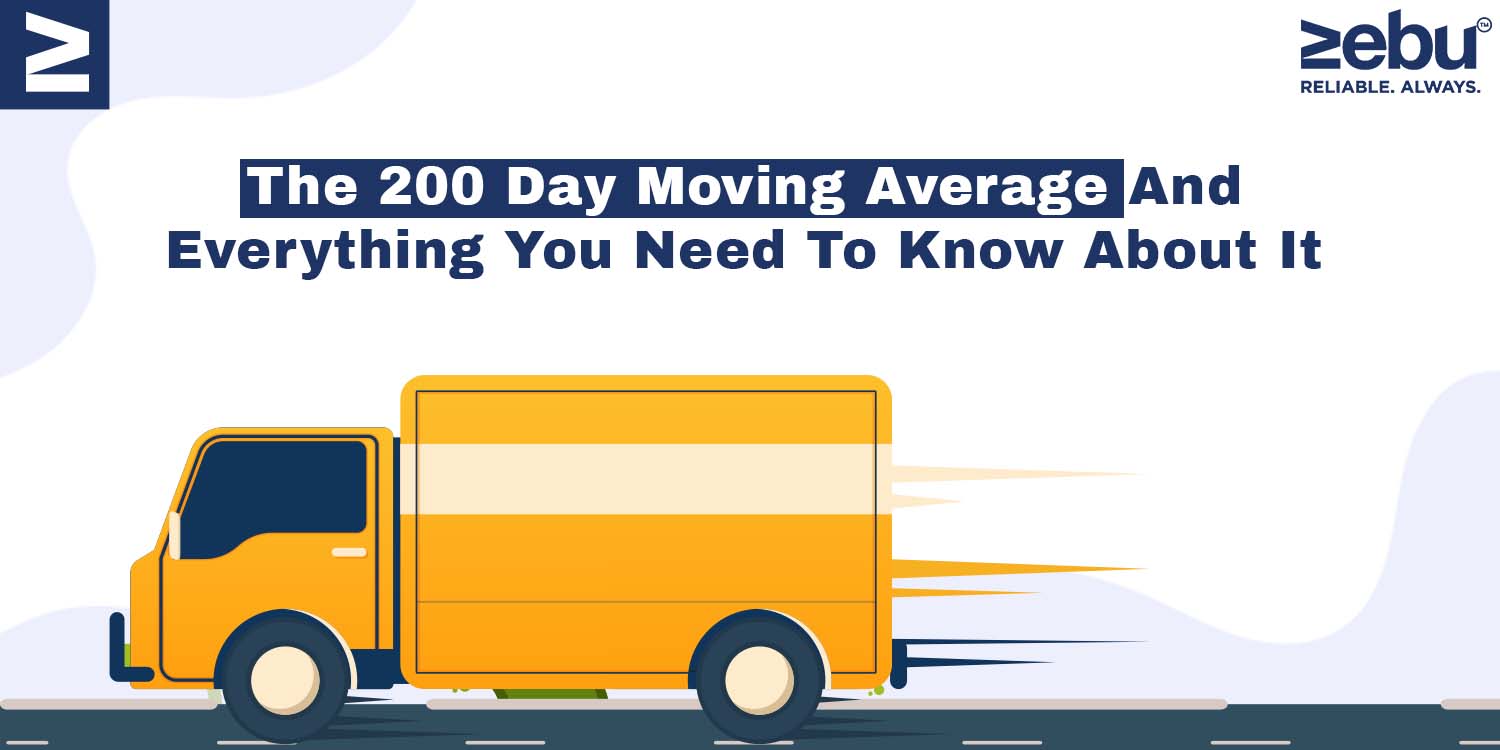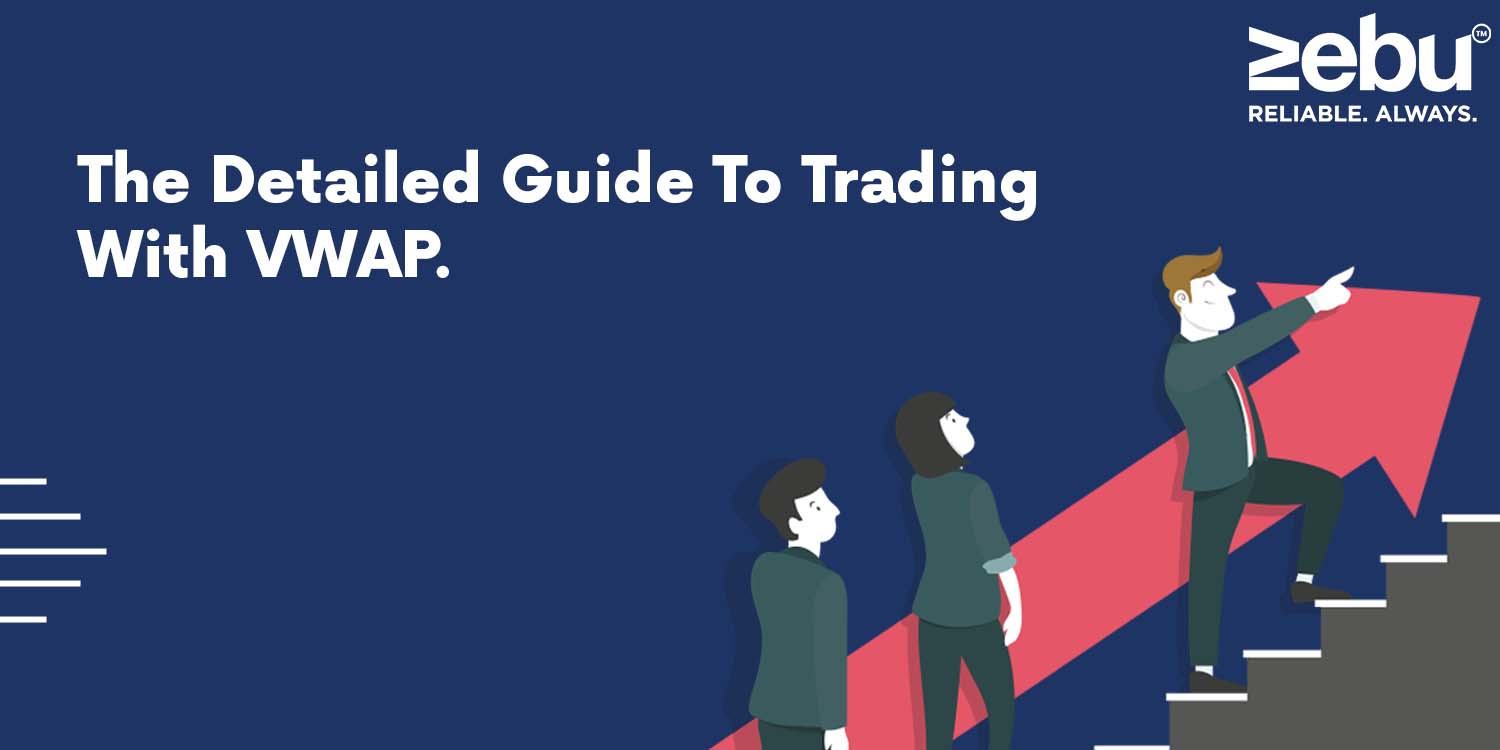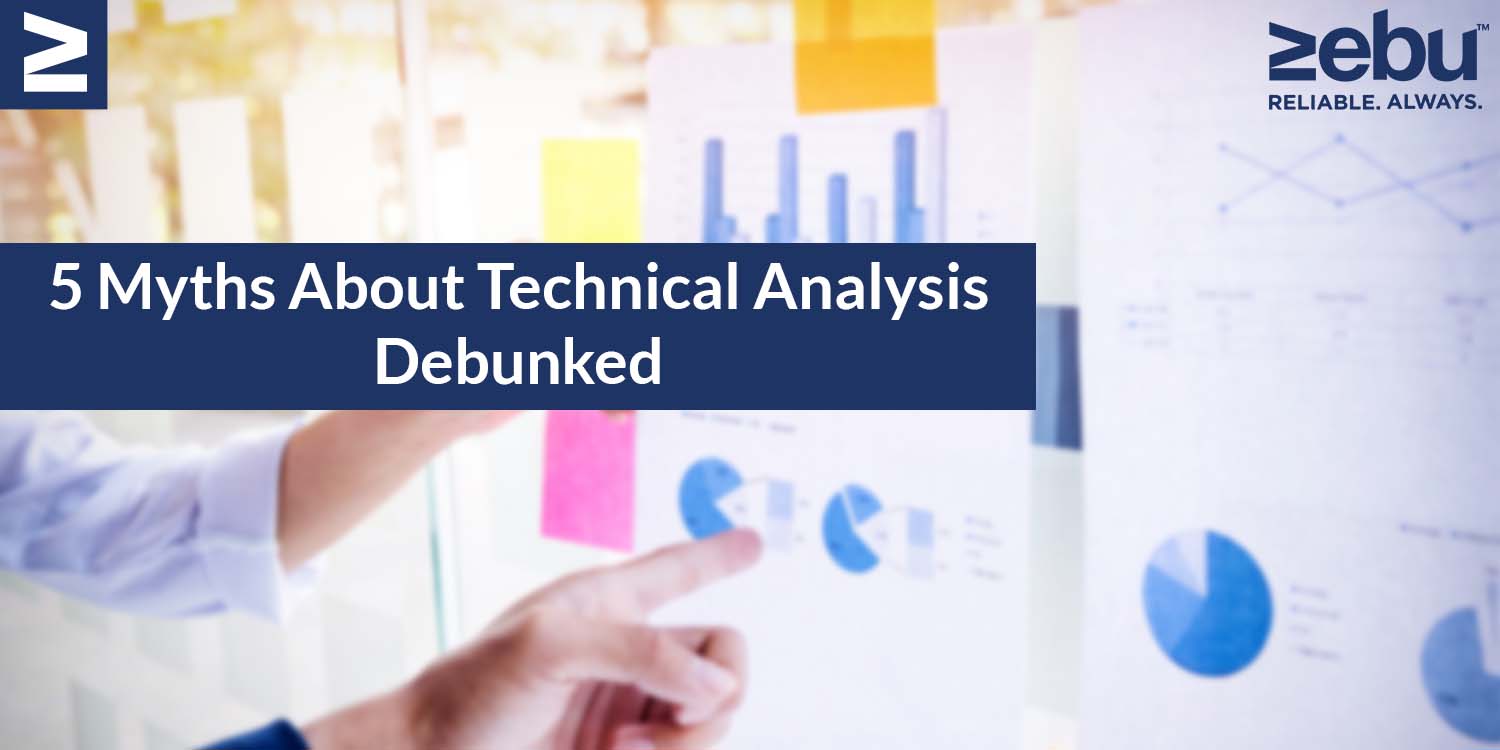
TA is criticised by some traders and investors because they believe it is merely a surface examination of charts and patterns with no real effect on the market. However, there are many who feel that once they’ve mastered it, they’ll be rewarded with huge returns. Contrasting views on technical analysis have led to misunderstandings about how it is used.
Misconceptions regarding technical analysis can be traced back to a lack of exposure to the subject in school. Someone who has just been taught the basics of trading may have little faith in technical analysis at all. If you have a background in technical analysis, though, you can still make money from it.
These and other TA assumptions are the results of missteps and errors. For example, losses are sometimes caused by the bad use of technical indicators. That doesn’t necessarily mean that the strategy is bad; it could just be that the person needs more instruction and practice.
Before we get into debunking myths about technical analysis, you need to make sure that you use the best broker for trading with the lowest brokerage on offer. Zebu empowers your online stock trading journey with a state-of-the-art trading platform as well.
Here are eight of the most frequent technical analysis myths—and why they’re just not true.
1. Short-term trading or day trading is the only use for technical analysis
Many people believe that only short-term and computer-driven trading, such as day trading and high-frequency trading, may benefit from using technical analysis in their trading. It was long before computers were commonplace that technical analysis was used by long-term investors and traders rather than day traders. From one-minute charts to weekly and monthly timeframes, several types of traders use technical analysis.
2. Technical analysis is only used by retail traders.
Individual traders utilize technical analysis, but so do hedge funds and investment banks. Technical analysis is used extensively by the trading departments of investment banks. High-frequency trading is primarily reliant on technical ideas and accounts for a significant portion of stock exchange trading volume.
Technical analysis has a low rate of success
Successful market traders with a long track record of trading disprove this urban legend. A large number of successful traders attribute their success as a result of technical analysis and patterns. They do, however, attribute their success to strict discipline.
3. Technical Analysis Is Quick and Efficient
Trading success can be had by following a variety of technical analysis courses available on the internet. Despite the fact that many people begin trading by using simple technical indicators, long-term success in trading takes much education, practice, solid money management, and a strong sense of self-discipline. Technical analysis is merely a tool, a small portion of the larger picture to be considered.
4. Price Predictions Based on Technical Analysis Are Accurate
Many newbies expect technical analysts or software patterns to provide 100% accurate advice, which is not always the case. It’s common for new investors to expect a prediction like “stock ABC will hit Rs 200 in two months.” Technical analysts, on the other hand, tend to avoid quoting exact prices. They would rather give range-based predictions like a stock to move between 180 and 200 by the end of next week.
Traders who place their bets based on technical analysis should be aware that it only provides a range of possible outcomes, not a specific value. When it comes to technical analysis, there are no assurances. Even if something doesn’t function 100% of the time, it can still be very profitable if it works more often than not.
5. Technical Analysis should have a higher success rate
Despite popular belief, it is not necessary to have a large percentage of successful trades to be profitable. In this hypothetical example, Peter has four successful transactions out of five, whereas Molly only has one win out of those same five trades. Who is the most successful person in their field? But even if the majority of people say Peter, we won’t know for sure until we have further details. Profitability is a function of victory rate and risk-to-reward tradeoff. It doesn’t matter if Peter wins Rs 20 and loses Rs 80; he still loses Rs 60. If Molly wins Rs 50 and loses Rs 10, she has a net profit of Rs 10. Even though she has had fewer victories, she is in a better position than she was before. Even if there are only a few winners in a deal, it can still be profitable.
In conclusion
Traders can use a wide range of tools and principles from technical analysis. There are successful traders who do not use it, and there are successful traders who do. Others argue that technical analysis is erroneous and theoretically unsound, despite the fact that many traders swear by it.
Now that you have understood more about technical analysis, you also need to ensure that you use the best broker for trading with the lowest brokerage on offer. Zebu empowers your online stock trading journey with a state-of-the-art trading platform as well.
